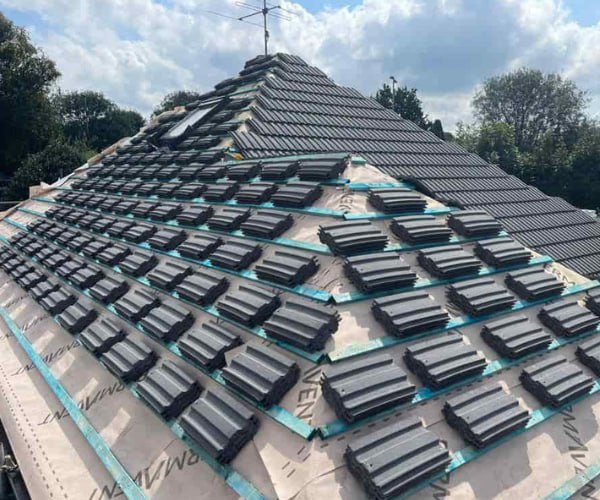How to Maintain Lead Flashing in Coastal Areas
Introduction: Lead flashing is a reliable and durable material often used in roofing for its excellent waterproofing properties. However, the salty and humid environment in coastal areas can pose unique challenges to lead flashing. In this blog post, presented by CNB Roofing Pontefract, we’ll explore the importance of maintaining lead flashing in coastal regions and provide valuable tips to ensure its longevity and effectiveness in such conditions.
The Coastal Challenge
Coastal areas are characterised by salt-laden air, high humidity, and frequent exposure to wind and moisture. These environmental factors can accelerate the degradation of lead flashing over time. Proper maintenance is crucial to prevent corrosion and deterioration that can compromise your roof’s integrity.
Maintenance Tips for Lead Flashing in Coastal Areas
- Regular Inspection: Conduct routine visual inspections of your lead flashing. Look for signs of corrosion, discolouration, or damage. Catching issues early can prevent more extensive and costly repairs later.
- Cleaning: Salt deposits from the ocean air can accumulate on lead flashing. Periodically clean the flashing with a gentle detergent and a soft brush or cloth. Rinse thoroughly to remove any residue.
- Protective Coatings: Consider applying a protective coating or sealant for lead flashing. These products can help shield the flashing from the corrosive effects of salt and moisture.
- Seal Joints and Gaps: Inspect the joints and gaps around your lead flashing carefully. Seal any openings or cracks with appropriate sealants or caulking to prevent water intrusion.
- Replace Damaged Sections: If you notice significant corrosion or damage to your lead flashing, it’s essential to replace the affected sections promptly. Leaving damaged flashing in place can lead to leaks and further deterioration.
- Professional Inspection: Have a professional roofing contractor or a lead specialist inspect your lead flashing periodically. They can provide expert guidance on maintenance and identify any issues that may require attention.
- Ventilation: Proper attic ventilation can help regulate temperature and humidity levels, reducing the impact of coastal environmental factors on your lead flashing.
Conclusion: Maintaining lead flashing in coastal areas requires vigilance and proactive care. The salty and humid coastal environment can accelerate the wear and tear of this valuable roofing component. By regularly inspecting, cleaning, and protecting your lead flashing, you can extend its lifespan and ensure it provides reliable waterproofing for your roof.
Call us on: 01977 805 558
Click here to find out more about CNB Roofing Pontefract
Click here to complete our contact form and see how we can help with your roofing needs.

